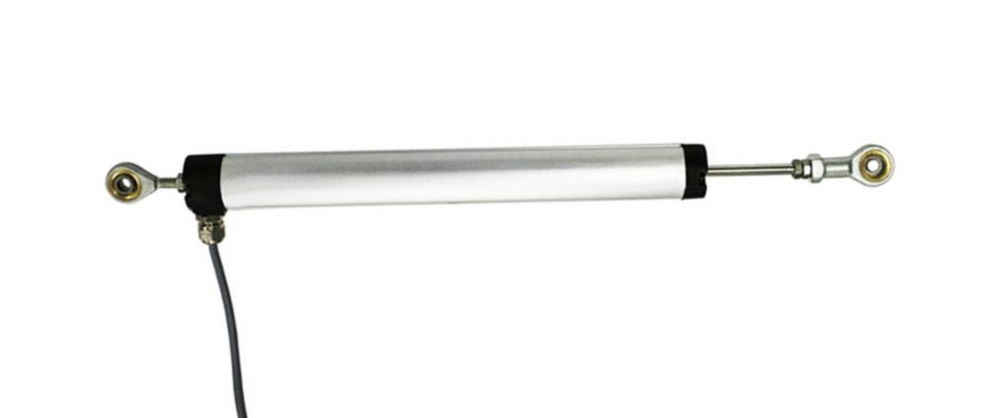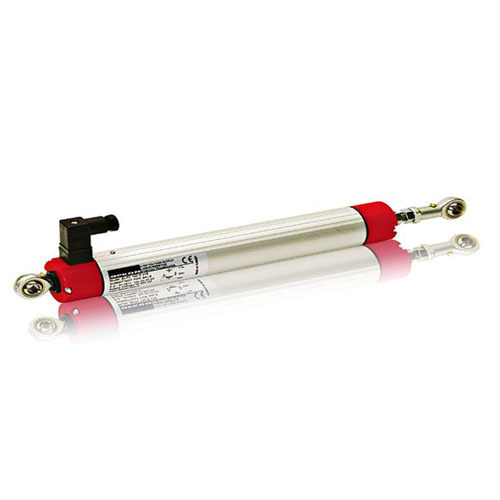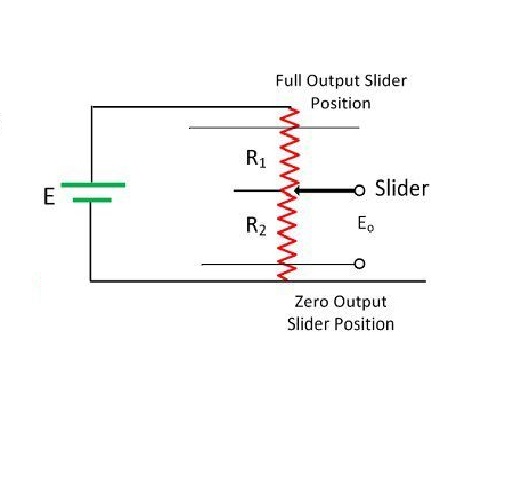Resistive transducers can calculate different parameters such as temperature and pressure! They play an important role in the industry. In this article from Linquip, we want to talk about these transducers and explain what they do, how they work, and their applications. Are you excited to know more about them? Then continue reading to expand your knowledge.
What exactly are resistive transducers?
Resistive transducers are electronic devices designed to measure different quantities such as force, pressure, temperature, and so on. These devices, as already mentioned above, are important in the industry since they measure the physical quantities that are hard to measure with the usual approaches. So, the advancement of technology resulted in the creation of these devices for making different industrial processes easier than ever. These transducers react to the changes in the environmental conditions by showing a change in their resistance. This change can be measured by calculating both voltage and current. Changes in the physical quantities result in a change in the resistance of the resistive transducer.
There are two modes that transducers can be a part of Primary and secondary. The primary transducer plays a role in the physical quantities’ conversion to mechanical signals. The secondary transducer is responsible for converting physical quantities into electrical signals. This process can be done without conversion into mechanical signals before the electrical form. A resistive transducer is normally used in secondary mode. Although they can be used in the primary mode as well, using them as secondary is more preferred because it can receive the output of the primary transducer as its input.
Different types of resistive transducers
This transducer has different types such as thermistors resistors, resistive pressure transducers, LDR, …
Resistive transducer working principles
If you consider a conductor rod as the resistive transducer, then it works on the principle of the conductor’s length. The conductor’s length and the resistance are directly related to each other. On the other hand, this length is inversely proportional to the cross-sectional area of the conductor. The formula to calculate the resistance here is (R = ρL/A) where the R is the resistance, the L is the length, the A is the area, and the other parameter is the resistivity.
Changes in both the conductor’s physical properties and the conditions of the environment can affect the transducer’s resistance. A resistive transducer circuit contains a conductor with variable length. The length of the transducer changes over time because one end of the conductor is connected to a slider or a brush which moves along the transducer’s length. To identifying the distance of an object, it can be connected to the transducer’s slider and by applying energy to the object to move it away from its initial position, the conductor’s length changes. This change in the conductor’s length changes the conductor’s resistance as they are related to each other.
Different Applications
These transducers, as mentioned above, are usually used for measuring different parameters such as temperature, resistance, pressure, etc. they can also double as a potentiometer in different cases. Another application of them is in measuring displacement. By applying strain on the resistor, the resistance will change due to this recent change and as a result, the displacement, pressure, and force can be measured through this process.
Resistive Transducer’s Advantages
These devices, like all the other systems available on the market, have many advantages as well as disadvantages, making them a perfect match for some situations and not suitable for others. Here, we want to talk about the advantages of these systems to enable you to see how they can benefit the systems they are working with.
Resistive transducers provide quick results. The parameters that are calculated by these systems usually take longer to give results in the traditional form of calculation.
Both DC and AC can be used when it comes to using these transducers for measuring the changes in the resistance.
There are many different resistive transducers available on the market, each and every one of them tailored for specific needs. They vary in size; hence, you can buy the one that suits your needs.
They are popular due to another important fact: they provide accurate results! Who doesn’t want a device that provides fast and accurate calculations?
Another great reason for using this transducer type is its affordability! They are cheap and are easily accessible. So, although they might not be necessary in some cases, using them brings ease and speed to the process and are recommended.
These were not the only advantages a resistive transducer has. But they were the main advantages. If you use one of these systems, you can certainly find many other advantages as well.
Disadvantages of Resistive Transducers
Although they are great and have lots of advantages, each device has some down points too. For example, these transducers can be noisy! The sliding contacts on these transducers can produce lots of noises that can sometimes get annoying.
Another down point about these transducers is that they waste lots of power when there’s a need to move the sliding contacts.
All in all, it’s up to you to decide if resistive transducers are suitable for your desired application or not.
Resistive transducers are fast, accurate, and affordable! What else do you need from a device? Comment below and let us know what you think about these transducers. And if you have any questions, you can easily sign up on Linquip and talk to our experts to find the answer to all your questions.
Buy Equipment or Ask for a Service
By using Linquip RFQ Service, you can expect to receive quotations from various suppliers across multiple industries and regions.
Click Here to Request a Quotation From Suppliers and Service Providers
Read More In Linquip
- What are the Main Benefits of an Ultrasonic Transducer?
- Photoelectric Transducer
- Piezoelectric Transducer and Its Impressive Applications in Electric Circuits
- Ultrasonic Thickness Gauge, Advantages, and Applications
- Important Detailed Information About The Types of Transducers
- Types of Sensors Detectors/Transducers: An Entire Guide
- What Is a Pressure Transducer? A Simple Descriptive of the Definition, Working Principle, and Considerations
- Pressure Transducer: Definition, Working Principle, and Types
- Transducer vs. Sensor: Basic Differences & Advantages of Them
- Active Transducer: All You Should Know About
- Temperature Transducer: Definition, Working Principle, and Types
- All You Need to Know about Transducer
- What are the Main Benefits of an Ultrasonic Transducer?
- Piezoelectric Transducer and Its Impressive Applications in Electric Circuits





